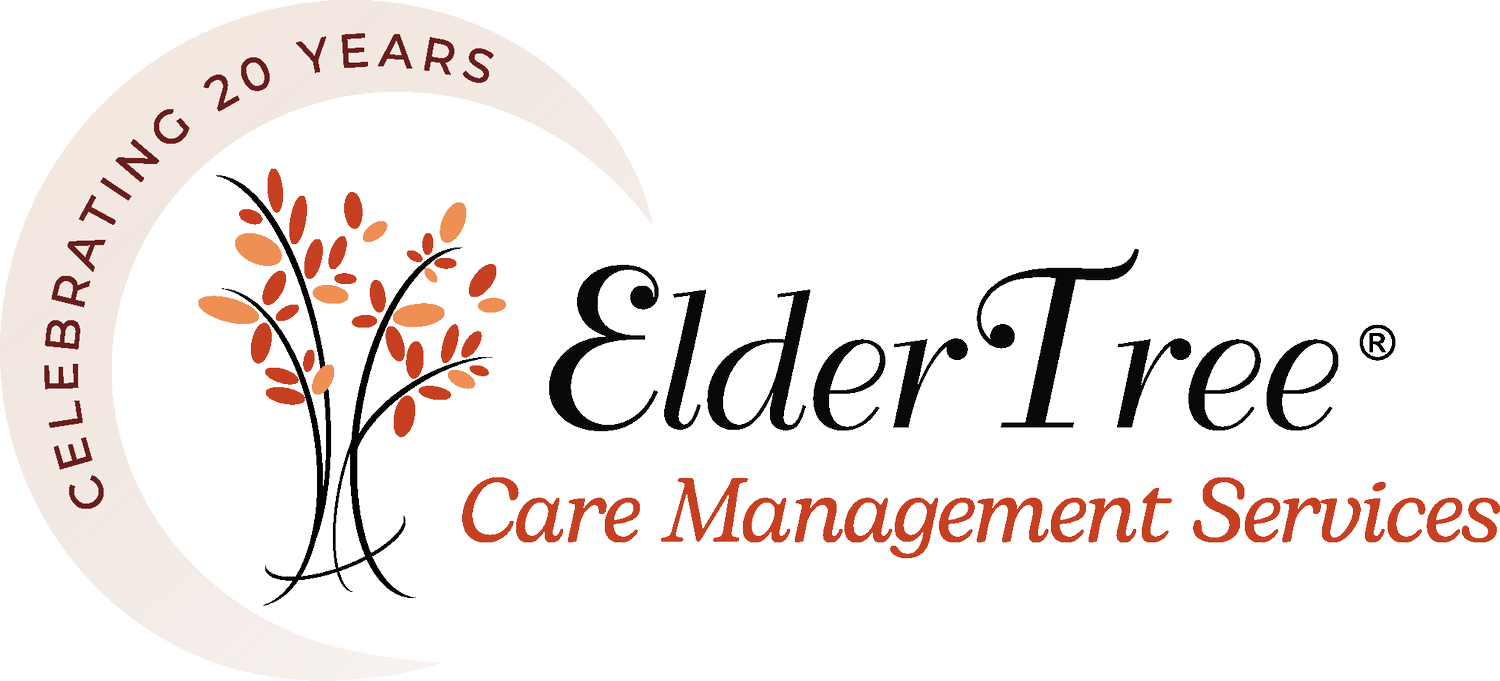Great Care in a Community Starts with Communicating Personal Preferences
“How does your mom take her coffee?” This is how I often start a conversation with a family member who is about to move their loved one into a community. Sometimes people will tell me right away, “two creams, one sugar.” Other times they will look at me puzzled and say, “I don’t know, and why is that important?” It’s important because all of the small details that make up a person are important and help make for a good day. As someone who cannot function without her first cup of coffee each day, I know it’s an important question to ask. There are many different questions we need to ask and know the answers to in order to make our loved ones feel comfortable and happy as they make the transition from living in their own home to moving somewhere new. The better the staff know your loved one, the easier the transition will be. This is especially true for people with a diagnosis of dementia as they cannot always tell staff their preferences. Here is some practical advice on educating the community your loved one is moving into.
Take the time to fill out all the paperwork a community gives you, before move in. If your loved one can help fill out the paperwork related to his or her preferences, let them do so. If they cannot, try your best to answer all the questions, or ask another family member to help.
After your loved one has moved, visit at different times of the day. Most communities have 3 shifts every 24 hour period, and even different staff on the weekends. Try to vary your time so you can get to know them all. It’s normal for your loved one to bond to one or two of the caregivers. Capitalize on this and have these caregivers be the ones that assist with the showers or baths. Take time to talk to caregivers about your loved one. They may only see them for who they are right now, but you know their rich history. It will help caregivers bond over similar interests, etc. if they get to know your loved one better.
Bring in photo albums and personalize the room for your loved one. This not only allows your loved one to feel more at home, but is also another great way to share your loved one’s history with others. I have a client with dementia who recently moved from her condo into memory care. We brought several pieces that she had crotched. Her pieces have sparked conversations with caregivers and other residents and been a great source of pride as others remark on how lovely they are. There are caregivers at the community she lives at that crochet as well and they have brought in hooks and yarn to work on projects with her help. It’s been a wonderful way for her bond with them and to feel helpful again.
Your loved one is someone special. They have lived a long life full of memories and achievements, good times and hard times. They still have likes and dislikes. One of the best gifts you can give them is the gift of communicating to those who you are entrusting to care for them. So, how does your loved one take their coffee?

